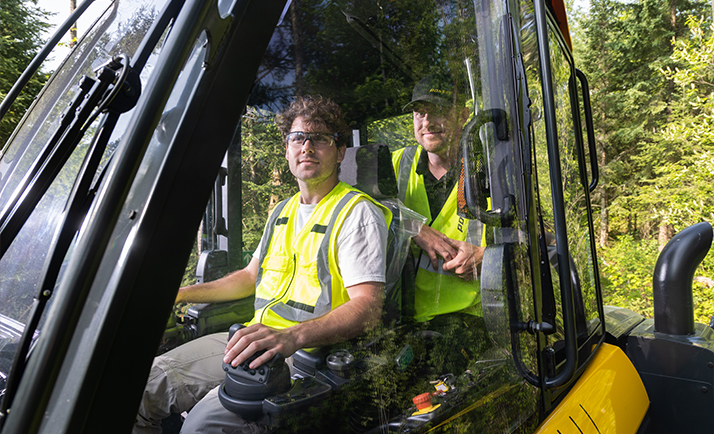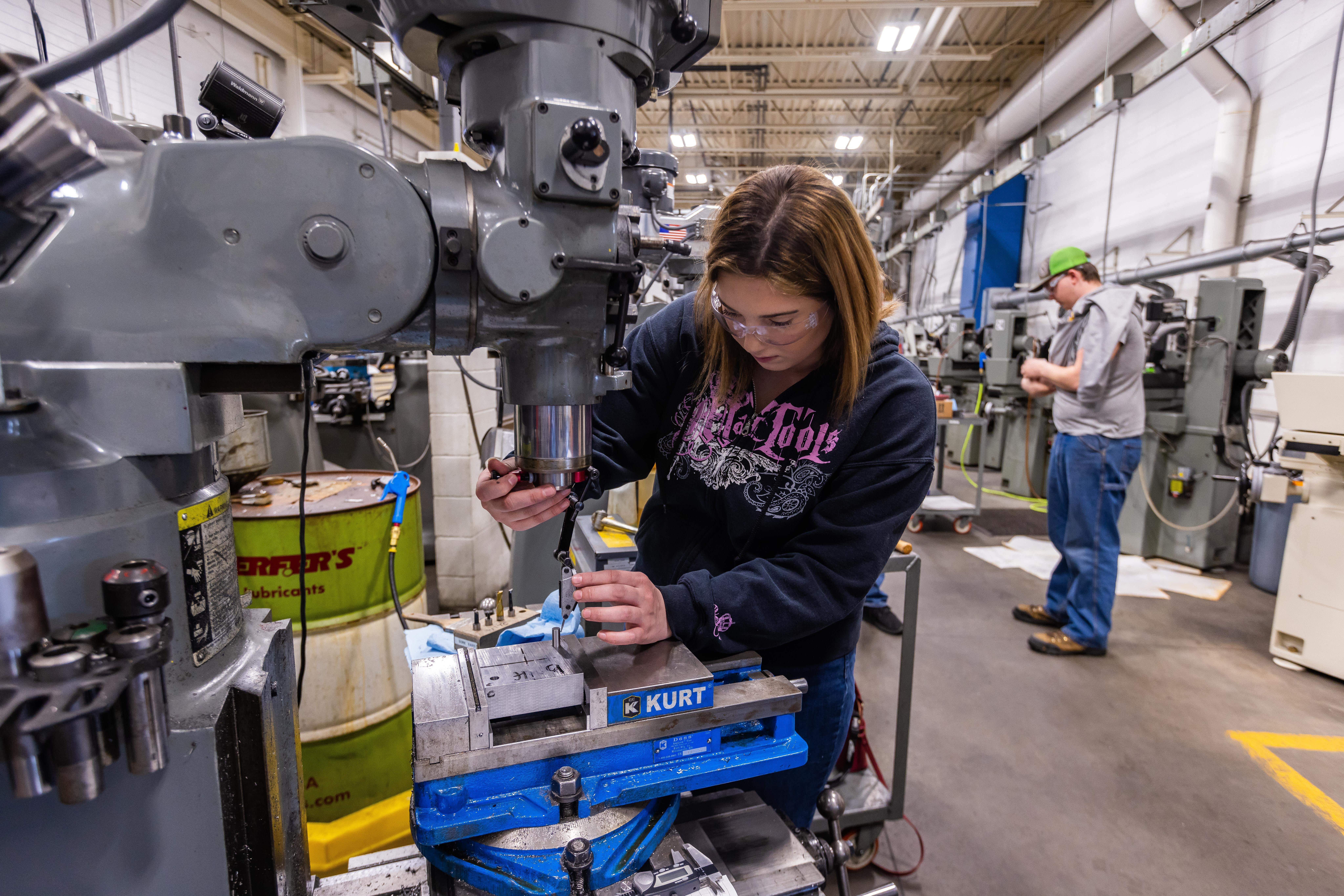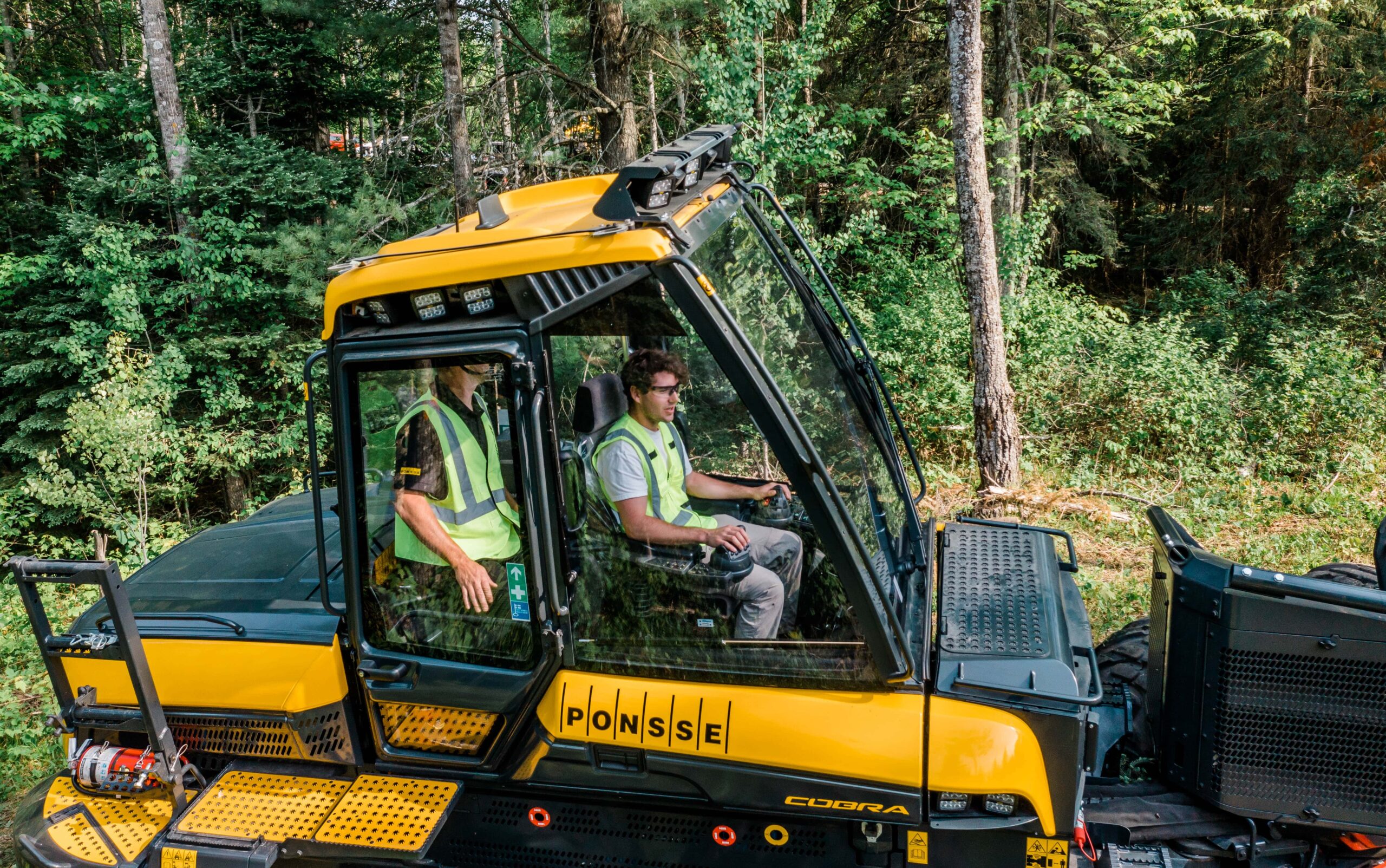Tailored to local conditions, Wisconsin’s Workforce Innovation Grants address key barriers
As Wisconsin planned its post-pandemic economic recovery strategies, leaders recognized that the most pressing workforce challenges couldn’t be solved by a one-size-fits-all statewide approach. Labor markets in regions across the state have unique demands that require tailored workforce solutions. Officials understood that what works well in Kenosha might not address the needs of Chippewa Falls.
To forge targeted solutions, WEDC in collaboration with the state’s Department of Workforce Development crafted the Workforce Innovation Grant program. The program awarded $128 million in two rounds of grants, encouraging development of innovative and sustainable long-term solutions that enable businesses to find workers and help those workers prepare for and connect to family-supporting careers more easily.
“Wisconsin has one of the lowest unemployment rates in the country and we have high labor participation but our state faces longstanding workforce challenges that existed for years before the pandemic,” said Governor Tony Evers. “There is no one-size-fits-all solution to addressing the workforce challenges across our state, so these funds are critically important to encourage regions and communities to develop cutting-edge, long-term solutions to the unique workforce challenges they face.”
Stimulating ideas, connecting partners
The grants, funded by the American Rescue Plan Act of 2021, allowed governmental entities, nonprofits, and tribal governments to apply for grants ranging from $250,000 to $10 million. With the new grant program catalyzing innovation, creative solutions with lasting impact on Wisconsin’s economy and quality of life soon emerged.
“These grants have created powerful coalitions of businesses, nonprofits, and state and local governments to address the workforce challenges that could hold our state back,” said WEDC Secretary and CEO Missy Hughes.
The grants are funding an array of inventive projects, including pairing health systems with educators to grow a reliable supply of rural health care workers; expanding affordable, high-quality child care; and creating pipelines of young, educated workers in Milwaukee. They also helped in aiding tribal-built workforce housing, boosting entrepreneurship, finding transportation solutions for workers, and upskilling workers for jobs in targeted sectors ranging from forestry to advanced manufacturing—among many other initiatives.
“These regional workforce projects represent the kind of creative, practical thinking that has always made Wisconsin a leader in finding answers to some of our nation’s biggest challenges,” Hughes added.
Transforming our economy by serving regional needs
The Workforce Innovation Grants have built strong new public-private partnerships that will create a new pathway to economic rebirth in our post-pandemic world.
These partnerships touch every region of the state with the promise of a brighter future for families, a more durable economy better capable of serving regional needs, and a better quality of life for Wisconsin residents.
“We’re working to build the workforce of tomorrow and address our state’s longstanding workforce challenges by investing in retaining and recruiting our talented workers, making sure our kids have skills and apprenticeship opportunities, and reducing barriers to Wisconsinites who want to join our workforce,” said Governor Evers.





















